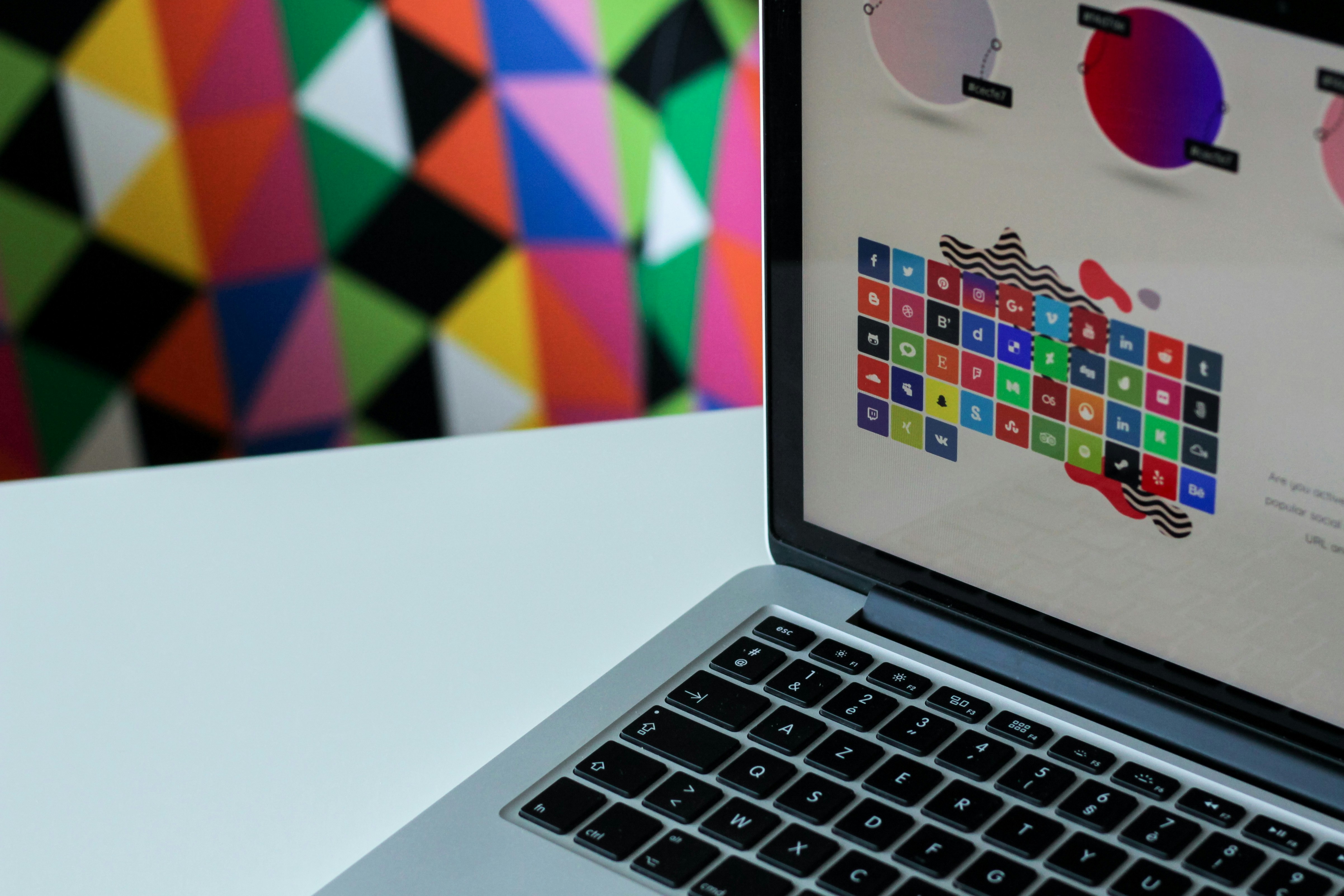The Art of Visual Storytelling in User Experience Design
Jan 12, 2022

Introduction
Visual storytelling is a powerful tool in user experience (UX) design. It involves using visual elements—such as images, graphics, and layouts—to convey a narrative that guides users through an experience. Effective visual storytelling not only enhances the user experience but also helps communicate complex information in a way that is engaging and memorable. In this blog, we will explore the art of visual storytelling in UX design and how it can be used to create compelling and intuitive user experiences.
The Importance of Visual Storytelling in UX Design
Visual storytelling helps to create a cohesive and engaging narrative that enhances the user's journey through a digital product. By integrating visuals into the design process, designers can make complex information more accessible, evoke emotional responses, and guide users toward their goals.
Key Benefits:
Enhanced Engagement: Visual stories capture users' attention and make interactions more engaging and enjoyable.
Improved Clarity: Visual elements can simplify complex information and make it easier for users to understand and retain.
Emotional Connection: Effective storytelling can create an emotional bond between the user and the product, leading to a more memorable experience.
Principles of Visual Storytelling in UX Design
Creating effective visual stories involves several key principles that guide how visuals are used to convey messages and enhance user experiences. These principles ensure that visuals are not only aesthetically pleasing but also functional and meaningful.
Core Principles:
Consistency: Maintain a consistent visual style throughout the design to reinforce the narrative and create a unified experience.
Hierarchy: Use visual hierarchy to guide users through the content, highlighting important information and creating a clear flow.
Simplicity: Keep visuals simple and focused, avoiding clutter that can distract from the main message.
Relevance: Ensure that visuals are relevant to the content and context, supporting the narrative rather than overshadowing it.
Techniques for Effective Visual Storytelling
Several techniques can be employed to create compelling visual stories in UX design. These techniques help to convey messages clearly and effectively, enhancing the overall user experience.
Key Techniques:
Visual Flow: Design a visual flow that guides users through the content, using elements like arrows, lines, and spacing to direct attention.
Imagery: Use high-quality images and illustrations to support the narrative and create an emotional connection.
Icons and Symbols: Incorporate icons and symbols to represent concepts and actions, making interactions intuitive and easy to understand.
Animation: Use animations to add dynamism and provide visual cues that enhance user interactions and feedback.
Case Studies: Visual Storytelling in Action
Many successful digital products use visual storytelling to create engaging and intuitive experiences. Examining these examples can provide insights into how visual storytelling can be applied effectively in UX design.
Examples:
Airbnb: Airbnb uses visuals to tell the story of travel and experiences, with high-quality images and user-generated content that inspire and engage users.
Dropbox: Dropbox employs a simple and clean visual style to guide users through the onboarding process, making complex features easy to understand.
Spotify: Spotify’s use of album art, playlists, and personalized recommendations creates a rich and immersive storytelling experience for users.
Challenges and Solutions in Visual Storytelling
While visual storytelling can greatly enhance UX design, it also comes with its own set of challenges. Addressing these challenges requires thoughtful consideration and creative problem-solving.
Key Challenges:
Balancing Aesthetics and Functionality: Ensuring that visual elements are both aesthetically pleasing and functional can be challenging.
Avoiding Overuse: Excessive use of visuals can lead to clutter and confusion, detracting from the overall user experience.
Maintaining Accessibility: Visual storytelling must be accessible to all users, including those with visual impairments or other disabilities.
Solutions:
Iterative Design: Use iterative design processes to test and refine visual elements, ensuring they meet both aesthetic and functional requirements.
User Feedback: Gather feedback from users to understand how they interact with visuals and make adjustments based on their needs and preferences.
Accessibility Guidelines: Follow accessibility guidelines to ensure that visual elements are inclusive and usable by all users.
The Future of Visual Storytelling in UX Design
As technology continues to advance, the possibilities for visual storytelling in UX design are expanding. Future trends may include the use of augmented reality (AR), virtual reality (VR), and advanced data visualization techniques to create even more immersive and interactive experiences.
Future Trends:
AR and VR: Augmented and virtual reality technologies will enable more immersive and interactive visual storytelling experiences.
Data Visualization: Advanced data visualization techniques will help users make sense of complex data through engaging and intuitive visual representations.
Personalization: AI-driven personalization will allow for more tailored visual stories that adapt to individual user preferences and behaviors.
Conclusion
The art of visual storytelling is a crucial aspect of UX design, offering a powerful way to engage users, simplify complex information, and create memorable experiences. By applying the principles and techniques of visual storytelling, designers can craft compelling narratives that enhance user interactions and drive positive outcomes. As the field of UX design continues to evolve, the role of visual storytelling will remain central to creating impactful and effective digital experiences.

